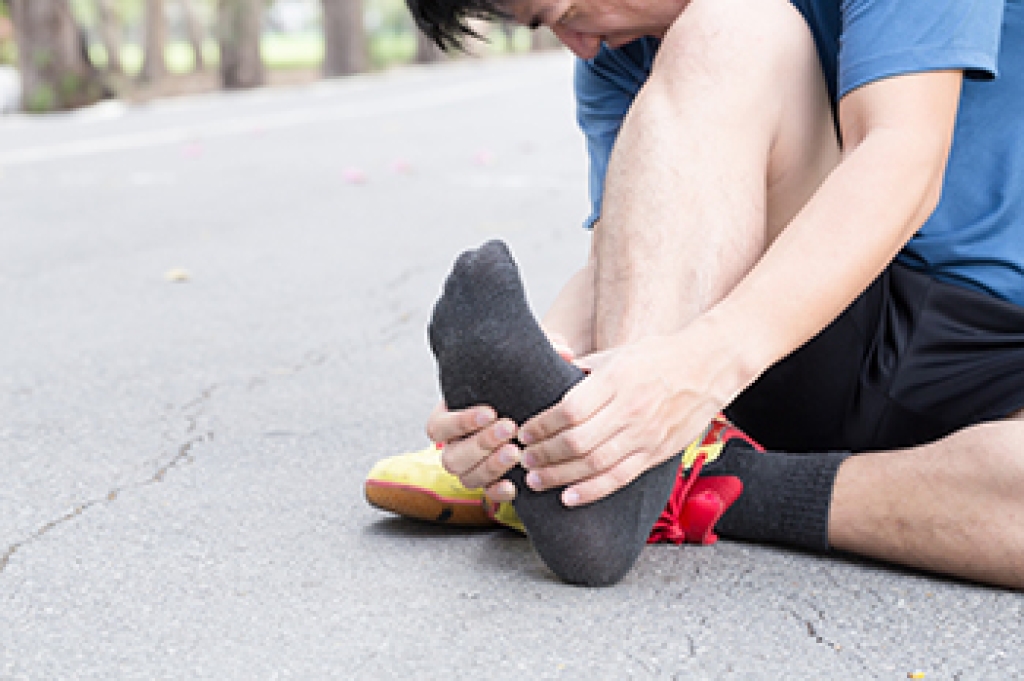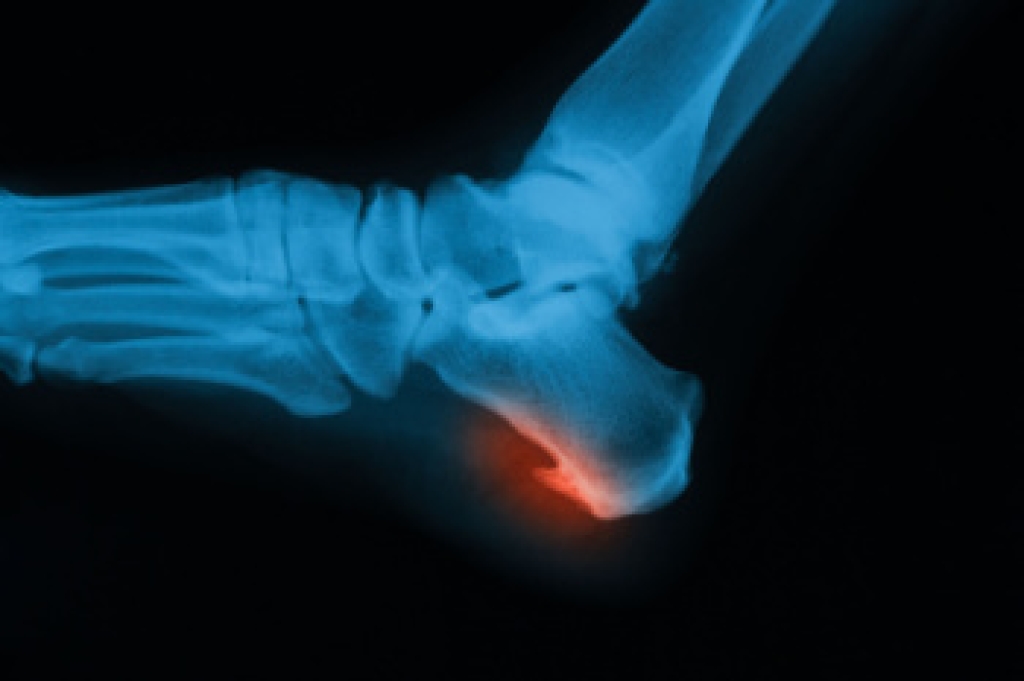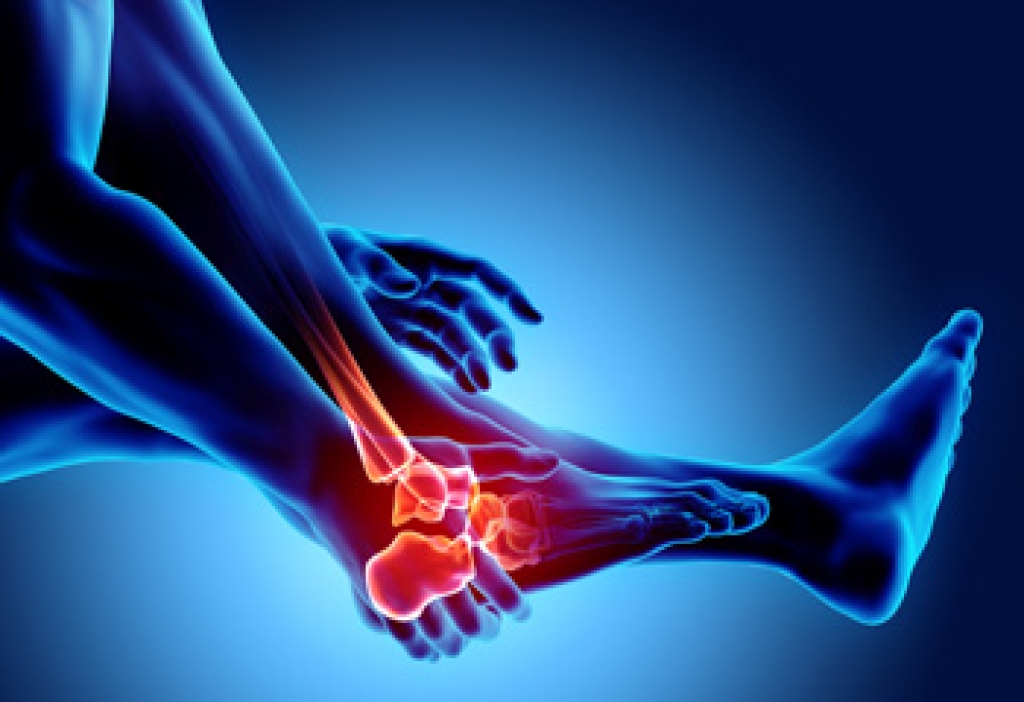
Sever’s disease is a common cause of heel pain in growing children and adolescents, occurring when the growth plate in the heel becomes irritated from repeated stress. Risk factors include rapid growth, high impact sports, tight calf muscles, flat or high arched feet, and footwear that lacks propersupport. Symptoms often include heel pain that worsens with activity, tenderness at the back or bottom of the heel, limping, stiffness after rest, and discomfort when squeezing the heel. A podiatrist can help by confirming the diagnosis and creating a treatment plan focused on reducing pain and inflammation. Care may include activity modification, stretching programs, custom orthotics, supportive footwear guidance, and education for injury prevention. If your child is experiencing heel pain that affects sports or daily activities, it is suggested that you consult a podiatrist who can accurately diagnose and treat what may be going on.
Sever's disease often occurs in children and teens. If your child is experiencing foot or ankle pain, see Adriana Strimbu, DPM from Complete Foot & Ankle Care. Our doctor can treat your child’s foot and ankle needs.
Sever’s Disease
Sever’s disease is also known as calcaneal apophysitis, which is a medical condition that causes heel pain I none or both feet. The disease is known to affect children between the ages of 8 and 14.
Sever’s disease occurs when part of the child’s heel known as the growth plate (calcaneal epiphysis) is attached to the Achilles tendon. This area can suffer injury when the muscles and tendons of the growing foot do not keep pace with bone growth. Therefore, the constant pain which one experiences at the back of the heel will make the child unable to put any weight on the heel. The child is then forced to walk on their toes.
Symptoms
Acute pain – Pain associated with Sever’s disease is usually felt in the heel when the child engages in physical activity such as walking, jumping and or running.
Highly active – Children who are very active are among the most susceptible in experiencing Sever’s disease, because of the stress and tension placed on their feet.
If you have any questions, please feel free to contact our office located in Hallandale Beach, FL . We offer the newest diagnostic and treatment technologies for all your foot care needs.




